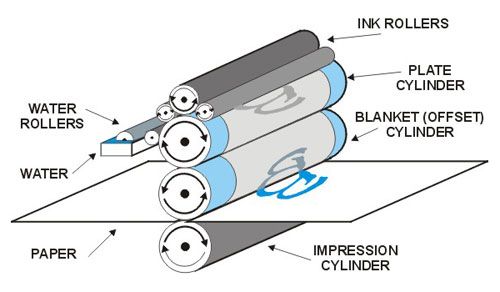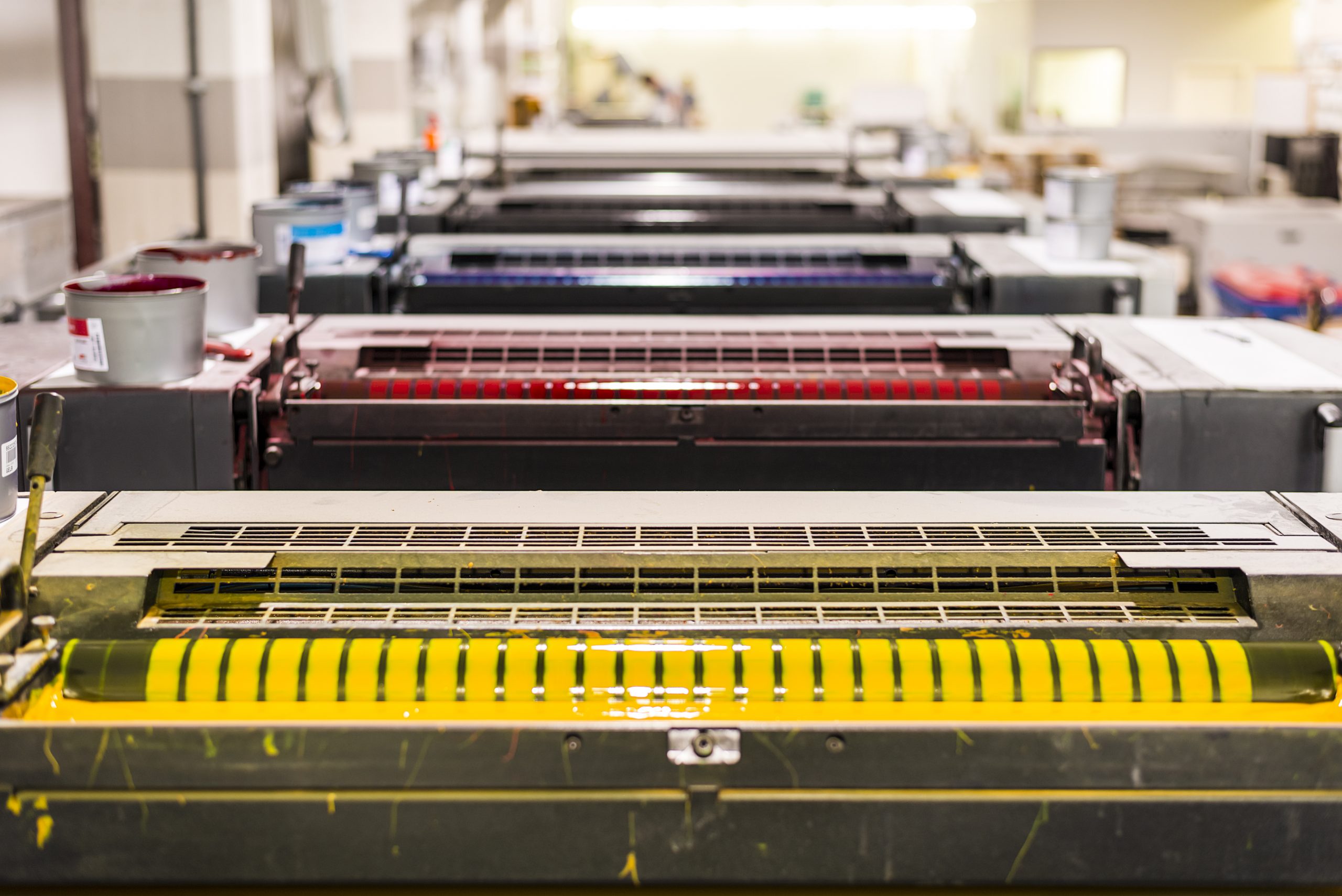litho printing for Magazines, Flyers, and Brochures
litho printing for Magazines, Flyers, and Brochures
Blog Article
A Comprehensive Overview to Comprehending Litho Printing Techniques
The globe of litho printing, a technique stemming from the late 18th century, is a remarkable blend of history, innovation, art and scientific research. This detailed overview will unravel the intricacies of this printing method, from the composition of litho inks to the obstacles dealt with in modern-day applications. As we venture right into the ins and outs of lithography, the value of automation and sustainability in guaranteeing its future significance comes to be significantly clear. Remain with us as we trip into the fascinating world of litho printing.
The Historical Development of Litho Printing
The historical trajectory of litho printing, a pivotal technology in the realm of interaction, is a captivating story of human ingenuity. Birthed in the late 18th century by Alois Senefelder, this strategy was initially an affordable approach of publishing theatrical jobs. Lithography, stemmed from the Greek words for 'stone' and 'to compose', used a smooth rock surface area to move pictures onto paper. The procedure advanced with the advent of the rotary press, which considerably raised performance (litho printing). In the 20th century, the innovation of offset lithography revolutionized the industry, enabling mass production of premium prints. Each phase of litho printing's development showcases humankind's ruthless pursuit of efficiency and quality in aesthetic interaction.
Translating the Science Behind Litho Printing Inks
Moving on in the expedition of litho printing techniques, the emphasis now shifts to the scientific research behind litho printing inks. The make-up of these inks, their drying process, and shade mixing strategies create the foundation of this intricate art kind. Comprehending these elements is crucial to mastering the craft and achieving the wanted print results.
Make-up of Litho Inks
In lithographic printing, the essential role of litho inks can not be overemphasized. The composition of litho inks differs depending on its function, yet normally, they include two major elements - automobiles and pigments. Pigments, the color-providing components, are finely ground fragments suspended in the automobile, a fluid that brings the pigment onto the printing surface area. The car is an intricate mix of oils, resins, and solvents, which influence the ink's drying out time, bond, and gloss. Additionally, different additives exist to improve particular residential or commercial properties like circulation, drying, and resistance to ecological effects. Each component plays an essential component in the last print's quality, making the accurate formula of litho inks an intricate science.
Ink Drying Process
From the structure of litho inks, attention transforms to the interesting process of ink drying. 2 main methods are made use of in litho printing: oxidative drying out and absorption. Absorption, on the other hand, involves the ink permeating right into the paper fibers, which is a quicker process yet can lead to much less dynamic shades.
Shade Combining Methods
While the drying procedure plays a key duty in litho printing, the science of color blending techniques holds equivalent importance. The scientific research behind litho printing inks additionally takes right into account the transparency of the ink, which impacts how shades overlay and mix.
The Art and Design Aspects in Litho Printing
Litho printing breathes life right into art and style through its special elements. The process entails producing an image on a lithographic sedimentary rock plate or steel plate with a smooth surface. The picture is after that published onto a medium, typically paper, by moving the ink from home plate. What collections litho publishing apart is its ability to replicate complex layouts with high integrity, making the result almost identical to the original artwork. This is accomplished with the usage of various line techniques such as cross-hatching, stippling, and hatching, which enable a variety of tonal impacts. In addition, litho printing suits a variety of colors, enabling artists to create vibrant and dynamic prints. This combination of precision and flexibility makes litho printing a recommended choice for several artists and developers.
Modern Applications of Litho Printing Strategies
Litho printing strategies have actually found comprehensive use in the modern see page business field. Its impact and significance continue to expand with the advent of new innovations and modern technologies in the area. This section will certainly discover these contemporary applications and the transformative role they play in the printing sector.
Commercial Litho Printing Makes Use Of
In today's digital age, one could question regarding the relevance of conventional printing approaches. Litho printing continues to be a vital component of the business sector. High-volume printing jobs, such as the manufacturing of publications, papers, and packaging, rely on litho printing for its capacity to supply superior photo top quality and expense effectiveness. The procedure, which entails moving a tattooed picture from a plate onto a rubber covering and then to the printing surface, offers unequaled consistency. This makes it ideal for tasks calling for a large print run. Litho printing also gives a broad color spectrum, remarkable to that of electronic printing. This makes it the go-to option for projects that require lively, high-grade color recreation.
Technologies in Litho Printing
Pushing the limits of standard methods, modern developments have sustained a go to these guys host of developments in litho printing. One popular advancement is digital litho printing, which combines the merits of electronic technology with litho's high-grade result. These advancements highlight the enduring importance of litho printing in the modern world.
Discovering the Refine of Litho Printing: Detailed

Difficulties and Solutions in Contemporary Litho Printing

Regardless of the accuracy and custom that litho printing happily maintains, it is not without its collection of modern challenges. One of the most prevalent concerns consist of the high first arrangement price, problem in printing variable data, and environmental problems due to chemical use. Nevertheless, services are becoming modern technology develops. Digital litho printing allows for affordable brief runs and easy customization, addressing the problem of variable data. Environmentally-friendly inks and safer plate-making processes mitigate environmental issues. In addition, improvements in automation have actually decreased labor expenses, additionally democratizing the lithography process. Thus, while there are challenges, the litho printing industry is proactively adjusting to fulfill them head-on, guaranteeing its importance in the future.
Conclusion
In conclusion, litho printing, with its rich history and clinical intricacies, holds a significant location in the print sector. As the overview exposes, it's a synthesis of art and technology, with modern-day advancements guaranteeing its significance. The sector deals with obstacles that need ingenious options, with an emphasis on automation and sustainability. The future of litho printing rests on its capacity to adapt to these transforming needs, affirming its enduring check it out value in an advancing market.

Report this page